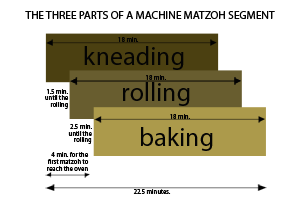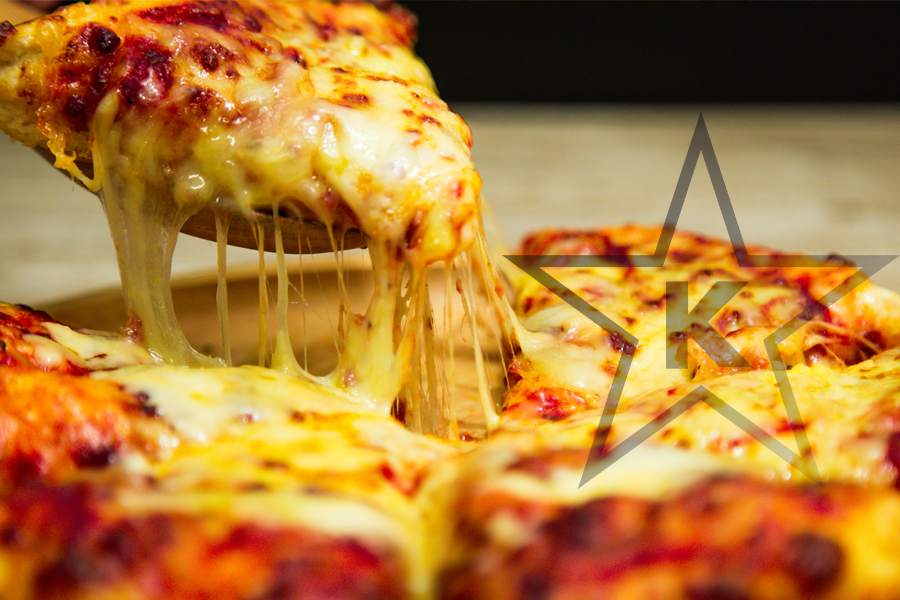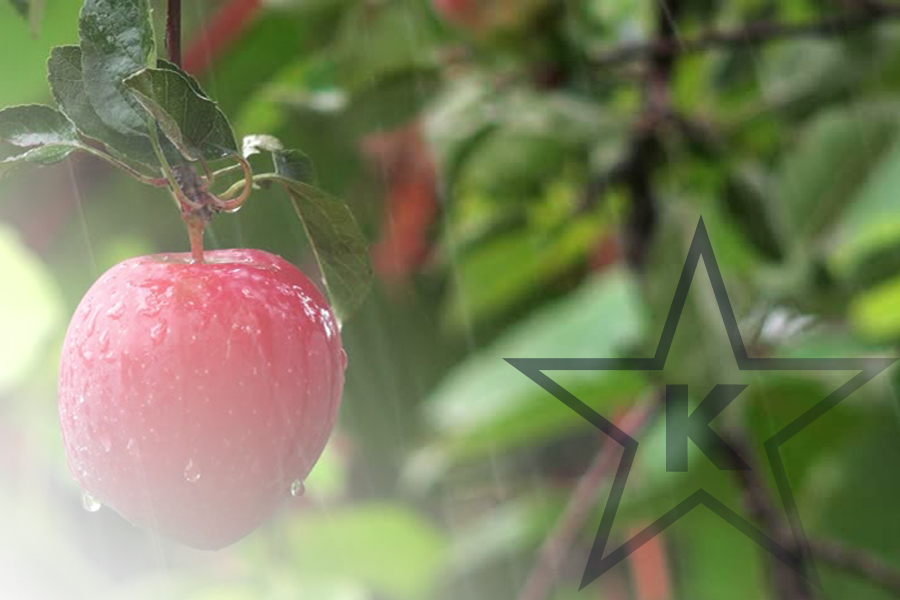Spring 2025
Vinegar has a long and storied history and plays a highly-prized role in every aspect of modern life – whether as a nutrient, flavorant, preservative or household cleanser. The name vinegar is derived from the French “vin aigre, which literally means sour wine. According to legend, its discovery is credited to a neglected barrel of wine that had been left in storage and allowed to ferment and become sour.
We find several references to vinegar in both Tanach and the Gemara. A nazir is forbidden to consume anything derived from grapes, which includes wine vinegar;[1] Dovid Hamelech accuses his tormentors metaphorically of giving him vinegar to quench his thirst;[2] Boaz’s workers dip their bread in vinegar;[3] and Mar Ukva refers to himself as “Chometz ben Yayin” – Vinegar, the son of Wine – when comparing himself to his father’s degree of piety.[4]
Vinegar […]














 STAR-D
STAR-D STAR-S
STAR-S